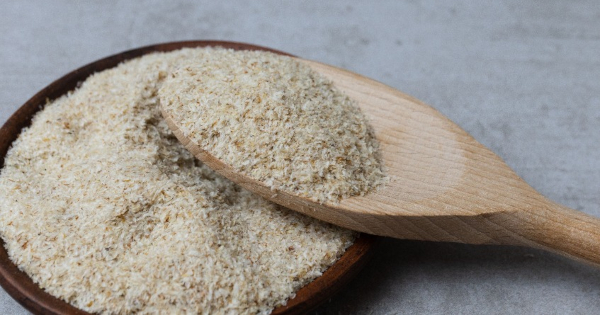
The Foundations of Gua Sha: Ancient Healing, Modern Benefits
Gua Sha may be one of the oldest healing techniques you’ve never learned—until now. Rooted in Traditional Chinese Medicine (TCM), this time-honored practice is gaining traction in Western healthcare settings for its therapeutic effects, simplicity, and minimal side effect profile. But what exactly is Gua Sha, how does it work, and why are more healthcare providers beginning to explore its use?
Let’s break down the foundational concepts of Gua Sha and how you can begin integrating this ancient technique into your nursing practice.
What is Gua Sha?
Gua Sha (pronounced "gwah-shah") literally translates to “scraping sand.” It involves using a smooth-edged tool to apply repeated, unidirectional strokes on the skin. This technique intentionally raises light petechiae—known as sha—on the surface of the skin, believed to release stagnation and promote the smooth flow of qi (energy) and blood.
Traditionally, Gua Sha was performed using tools made of jade, bone, or even coins. Today, specially crafted instruments are used in both therapeutic and cosmetic applications, offering both functional and aesthetic benefits.
The Science Behind the Technique
Modern studies suggest that Gua Sha may improve microcirculation, stimulate the immune system, and reduce inflammation. Clinicians and massage therapists often use it to:
- Relieve musculoskeletal pain, especially in the back, neck, and shoulders
- Promote lymphatic drainage
- Improve circulation and range of motion
- Reduce symptoms of chronic illnesses like hepatitis or fibromyalgia
- Provide respiratory relief in cold and flu cases
The skin reaction caused by Gua Sha is not bruising in the traditional sense but rather a controlled response that typically resolves within a few days.
Gua Sha in Clinical Practice
While Gua Sha is best known in wellness and beauty circles, it's finding its way into integrative health and nursing care environments. Holistic nurses and other complementary therapy practitioners are increasingly using it to manage non-acute pain, reduce stress, and support patients who are looking for non-pharmacologic options.
However, proper technique and understanding of contraindications are essential. That’s where formal education comes in—ensuring the practice is safe, effective, and evidence-informed.
Ready to Learn More?
If you’re a nurse, massage therapist, or holistic health provider looking to expand your therapeutic skillset, we invite you to explore Pedagogy Continuing Nurse Education’s online CEU/CNE course: Foundation in Gua Sha.
This self-paced course provides:
✅ A deep dive into the history and philosophy of Gua Sha
✅ Anatomical and safety considerations for practice
✅ Step-by-step demonstrations and technique instruction
✅ Clinical applications and case examples
✅ A certificate of completion for continuing education credit
Whether you’re new to Eastern modalities or want to add to your integrative toolkit, this course offers a comprehensive, accessible starting point.
Bring the wisdom of ancient healing into your modern practice.
Check out our Foundation in Gua Sha course and start exploring the benefits of this simple yet powerful technique.
.jpg.aspx)
